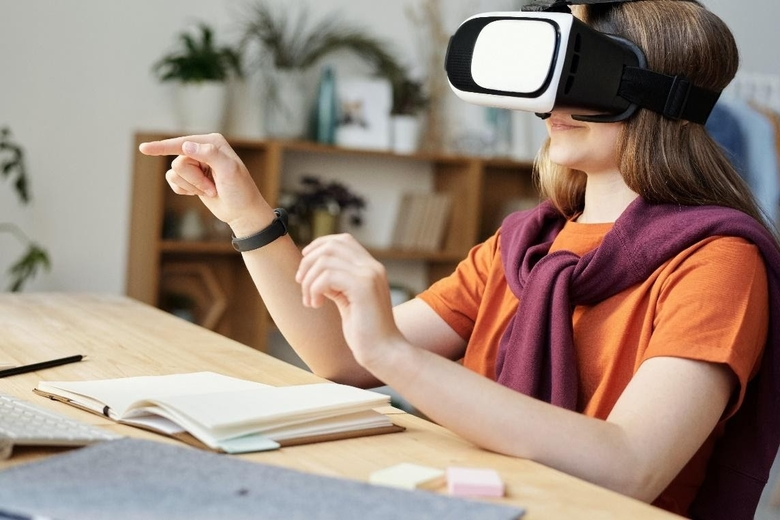How Wearable Technology Is Shaping The Future Of Education

Wearable technology has developed rapidly in recent years and with it, so have learning possibilities. Rather than becoming a distraction, wearable technology offers students a more engaging learning experience and provides teachers with greater ways to share knowledge and improve the class experience. Here are some ways in which wearable technology is enhancing the future of education.
Increased Student Engagement
The rise in wearable technologies offers the opportunities for students to develop more meaningful first-hand experiences. As such, they can find it easier to learn important subject knowledge and even to access the learning content. In particular, wearable technology can support student engagement when it comes to experiments and demonstrations, allowing them to be more involved and to have a better view, including close-ups, of important details and results they might have otherwise missed.
Enhanced Student – Teacher Collaboration
Wearable technology opens up an array of possibilities for teachers to engage more meaningfully with students, allowing for greater collaboration. In particular it can provide teachers with helpful, live data which can enable them to tailor their teaching to the needs of their students. Additionally, the portable nature of wearable technology means that students can access their learning and have interaction with teachers from anywhere in the world.
Use Of Virtual Reality
One of the fastest growing technologies around is VR (virtual reality).
“With VR technology, students can become fully immersed in any scenario. From tours of museums pieces from around the world, to recreations of Ancient Egypt or even dinosaurs, the possibilities are endless. One of the most successful VR platforms around is Expeditions, which allows students to experience and explore recreated worlds,” says Clyde Knotts, an EdTech blogger at Custom Writing Services and Revieweal.
Whilst VR technology is still fairly costly, there are alternative options available, including using smart-phones to create a lower-budget VR system. With VR technologies, students will no longer be restricted by geographical locations or even physical disabilities, which might prevent them from visiting and experiencing different environments under traditional learning circumstances.
Additional Integrated Functions
Many of the wearable devices available now have additional features, such as GPS and messaging or chat options. These can be particularly helpful for fostering collaborative learning and enabling greater interaction between students and teachers, as well as peer-led learning.
Additionally, a growing number of devices also offer education-based functionalities, such as note taking or recording capabilities. In this way, students are able to develop useful learning habits, whilst also being able to gather and store all their notes and reference materials in one place for easy access.
Supporting Distance Learning
Distance learning is becoming more common and popular.
“With wearable technologies, teachers can record their lessons and students are then able to access them anywhere, any time. Not only can they replay these lessons, especially experiments or demonstrations, but through social chats and messaging, they can also exchange resources and engage in groups discussions to extend their learning,” says Kimberley Hunter, a tutor at Assignment Help and Ukservicesreviews.
Types Of Wearable Technology
Wearable technology is advancing and developing rapidly, however, there are three main examples which are particularly effective for learning.
- Google Glass – an example of AR (augmented reality) technology, Google Glass allows a virtual world to be projected on top of the real-world students are seeing. With this technology, students can take notes and even bookmark passages. They can also access additional content provided by their teachers, including real-time referencing. Google Glass also allows for real-time language translations, tours of campuses and messaging via Hangout.
- Smartwatches – as well as a range of educational apps now available, students can also use smartwatches to take notes and even to record lessons. Additionally, they can be used to encourage healthy lifestyle choices by tracking fitness.
- GoPro – With GoPro, teachers can capture demonstrations and experiments which can be easily shared with students. Similarly, students can use the small camera to take photos or record lessons to review later on.
Conclusion
Wearable technology is likely to become increasingly commonplace in schools over the next few years. Not only does it offer the opportunity for greater collaboration between teachers and students, but it also allows for a more immersive and engaged student experience. With wearable technology, students’ learning can become more flexible and personally tailored.




